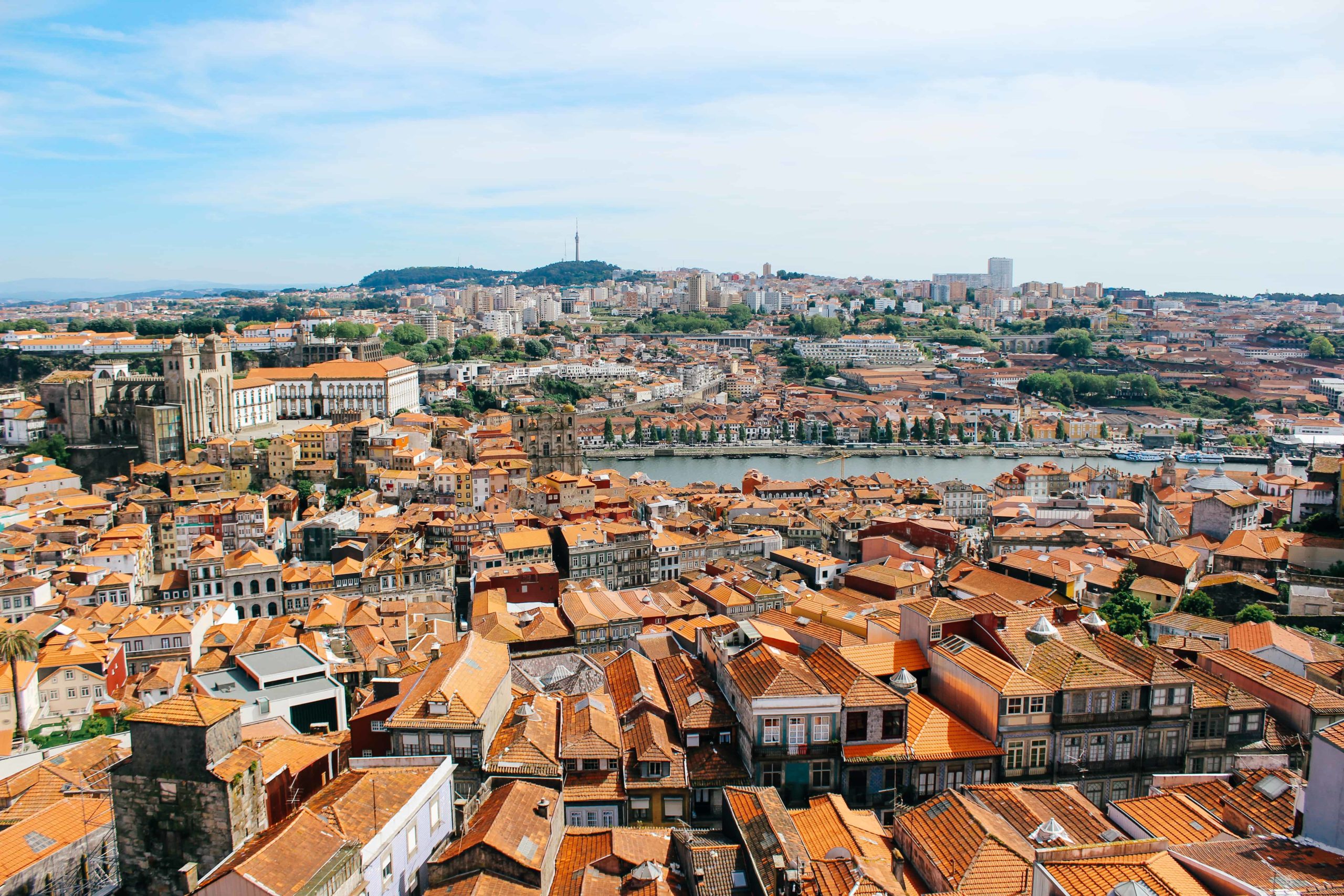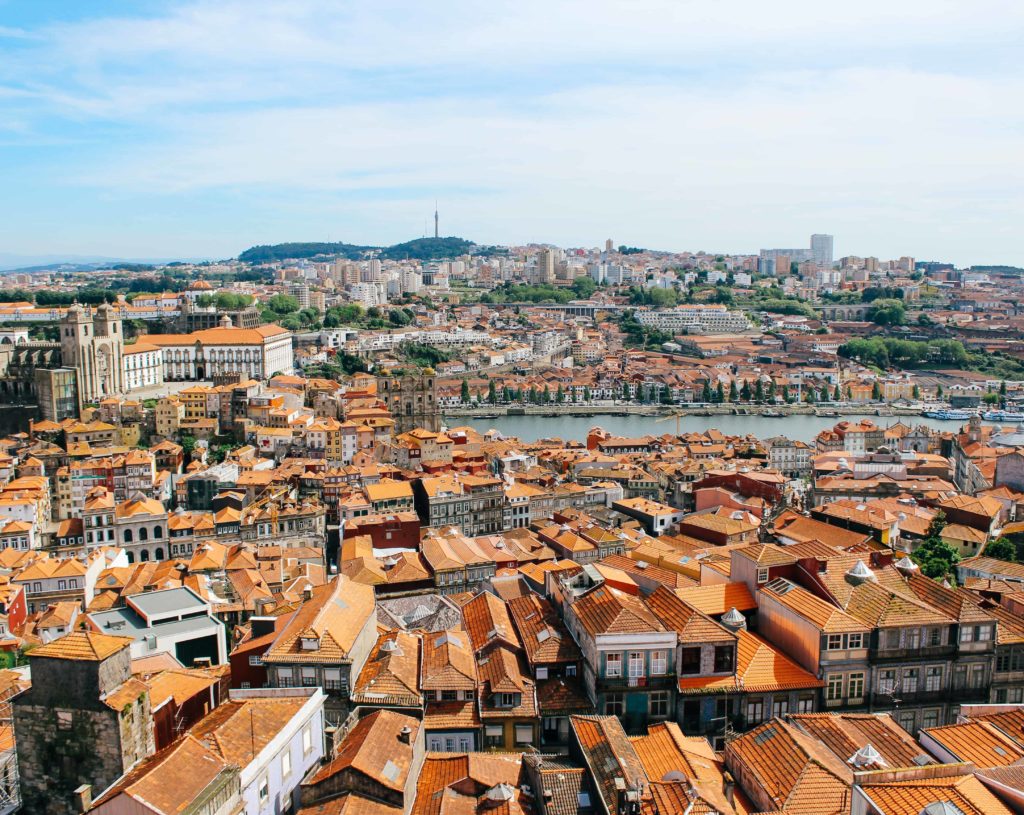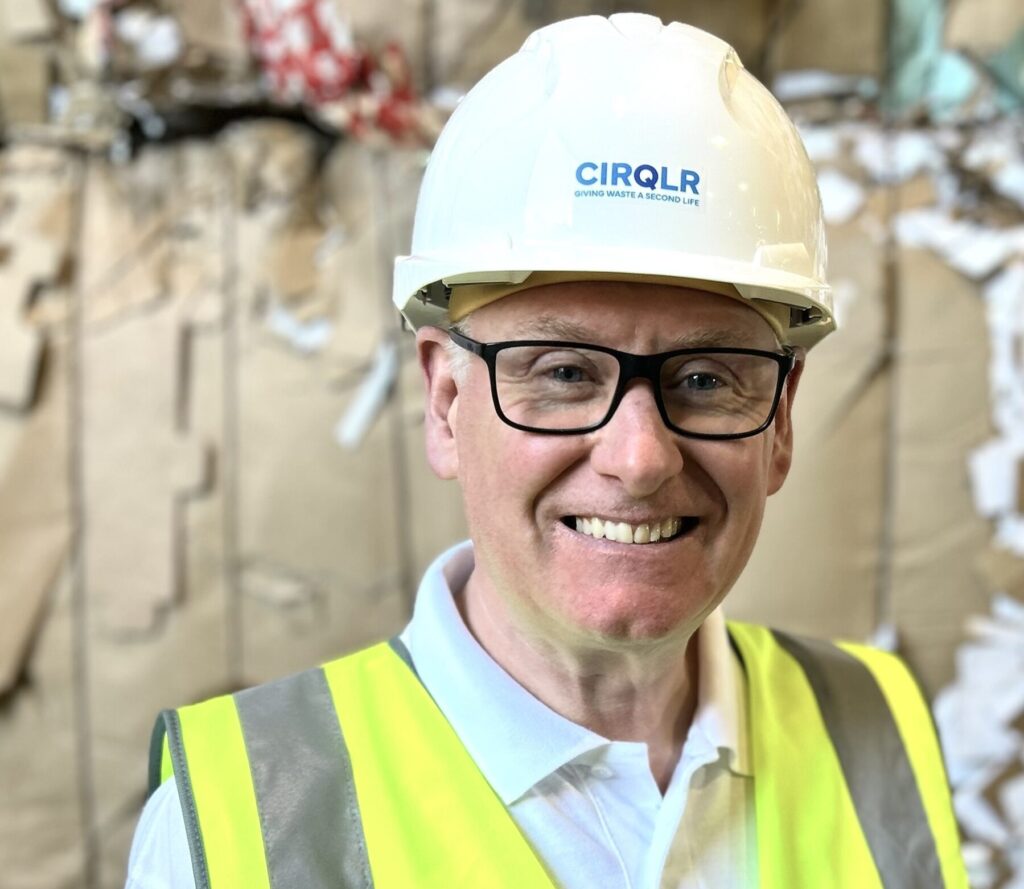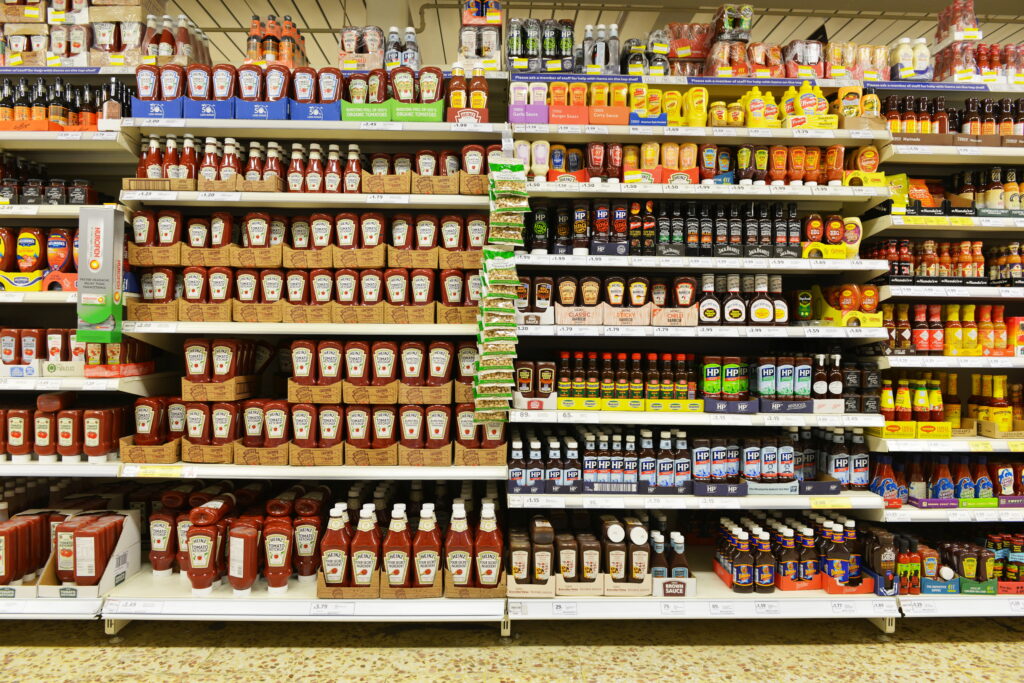LIPOR provides waste treatment services for Porto and a further 7 surrounding municipalities covering 8,648km2 with a total of one million people, 10% of the total Portuguese population. In Portugal the cost for waste management services is through an addition to businesses’ and households’ metered water tariff.
This provides an easy way to fund waste management services but means that there is little that the municipalities can do to try to promote greater waste separation practices by households and businesses beyond education, example and exhortation. However, the municipality of Maia, the most pro-active of the LIPOR municipalities, has introduced a PAYT pilot project in one part of its community.
Porto
Porto is Portugal’s second city and covers an area of 40km2 with a population of 215,000, which doubles in the working week and it receives more than 6 million tourists each year. Therefore in 2016 Porto generated 135,000 tonnes of waste, of which 82% was residual waste and only 18% was selective or recyclable waste. Of the 20,000 tonnes of this recyclable waste 11,373 were dry recyclable wastes and 8,497 tonnes were organic, of which food waste comprised 5,088 tonnes.

The study tour started with a visit to Porto’s central city area. The staff showed us some of their waste collection facilities and services despite the fact that 1 December is a public holiday, to celebrate Portugal’s Independence Day (from Spain). The city provides comprehensive waste collection and cleansing services for the city. The central city provides special challenges, particularly the tourist hotspot of Ribeira.
The ISWA group examined the collection facilities that are offered by the municipality for all the central city commercial premises of which there are now 625 customers, up from 190 when the system was introduced in 2008, at the Grand Hotel do Porto. There were three brown bins for the collection of kitchen and food wastes, blue tinted bags for board and paper and yellow tinted ones for light packaging wastes, including: metals, plastics and laminated containers.
The bins were provided at no cost by LIPOR, as are the bags, and there is free sorting and treatment for these wastes on delivery to LIPOR’s facilities. Plastic liners are also provided free for the brown bins in order to keep the containers clean. Compostable bags have been tried but unfortunately they required more than one compost cycle in order to fully biodegrade. Therefore LIPOR is working with BASF in order to determine whether a compostable lining material can be developed to enable the system to be more environmentally sustainable. The collection system’s hardware, including collection vehicles, was partly provided through a grant from the EU.
The central city area receives a six days’ a week daily collection of these wastes but in the congested tourist hotspot of Ribiera on the north bank of the River Douro, where the 105 users of the system benefit from two collections a day of all these wastes, mainly because these premises have very limited space for waste storage.
Also, because the area has both narrow streets and stepped alleyways there is a considerable amount of manual handling and use of 2 small electric vehicles for collecting these wastes in order to take these to a central storage facility where the afternoon (after lunch wastes) 2-4PM collections are stored and then removed together with the 11-12PM collections in RCVs from the transit and storage area.
However, because this is so close to the main tourist facilities for River Douro cruises, cross-river ferry and restaurant and cafés urgent consideration is being given to relocating the transit facility further away from the main tourist facilities. This is not an easy task given the steep slopes, high density of development and lack of open space or potential underground storage potential.
In common with other cities currently there is competition between the public sector and private companies in provision of waste collection services. The private companies provide selective collections but these are priced at €150 per tonne while their standard basic residual collection is only €50 per tonne. Therefore many central city commercial premises opt for the basic unsegregated collections rather than separating their waste streams.
However, from the beginning of 2018 the municipality will be providing all refuse and collection services in the city through an arm’s length municipality owned service company and therefore more premises will be moving over to selective recycling collections as the city also charges around €63 per tonne for residual waste collections.
Maia municipality
The group visited the municipality of Maia, one of the 8 constituent municipalities served by LIPOR, which also hosts all of its waste treatment and processing facilities. Maia is very progressive with regard to its waste management practices. From 2000 it has had a planning by-law that requires developers to provide waste storage facilities within the building and accessible at ground level for the removal of waste containers.
We saw bins for paper and board, glass and the light packaging fractions in a storage area on the ground floor of a new apartment bock. In addition, there was a container for used cooking oil to be processed into bio-diesel, provided by LIPOR. In general, these oil collection bins are to be found in street recycling centres but Maia feels that they would be better located in apartment blocks.
All the collection bins are fitted with RFID so that the municipality can check whether bins have been collected from premises. The weighing of bins has been tried but the equipment is currently insufficiently reliable. Also the municipality’s managers are evaluating whether the glass bin should be replaced by one for organics, because the potential recovery level for the municipality would significantly improve. The glass bins would then be relocated to the on-street recycling centres.
Maia already has the highest recycling rate of all the LIPOR municipalities. The EU targets have been handed over to Portugal’s waste companies to fulfil and the municipalities now have those obligations, which include a target of 35% recycling and 50kg waste segregation for recyclable wastes per capita per annum in 2020. LIPOR achieved separation of 42kg in 2016 with a range of 25kg for municipalities just with on-street facilities up to Maia’s 65kg due to its intensive selective collection system.
LIPOR’s CA site
There are 19 civic amenity sites within the area served by LIPOR, one within the LIPOR waste treatment complex and another in the municipality of Maia. These two are trialling an experiment to determine whether people can be prompted to use the facilities and to separate their waste into appropriate recyclable fractions by offering rewards when they deliver segregated recyclable wastes to the HWRC.
The Ecoshop initiative was started in 2016 and provides people who collect sufficient points free cinema tickets, bakery products and other goods and services when they have accumulated sufficient points on their ecoshop card. Residents can apply for the card on-line or at the HWRC site. Different numbers of points are awarded for each of the materials that are brought in for recycling with, for example, glass containers yielding 10 points but EPS only 1 point. However, CA/HWRCs are unusual in Portugal and therefore the maximum usage of the site on a normal working day was a maximum of 30 visits.
In order to further encourage community confidence in the environmental benefits of LIPOR’s waste treatment and recycling facility, in September 2017 LIPOR opened access to its waste treatment complex to walkers, joggers and casual visitors with a 4km walking track encompassing the whole site, including the former landfill site. This has now been converted into an open space parkland area and which at its highest viewpoint affords great views of almost all of Porto and the surrounding area.
Selective Collection Sorting Plant
LIPOR’s selective collection sorting plant was built in 1999 and has been slightly modified and improved over the past two decades but is still largely reliant on hand sorting of the recyclable fractions which pass along the conveyor belts. There are currently 80 workers at the plant, working over two shifts a day, sorting a total of 40 tonnes per day.
The main recent innovation to increase throughput has been the introduction of a ballistic separator at the beginning of the sorting process, which sorts rolling items from flat items. This has enabled the hourly throughput of the plant to increase from 2-3 tonnes per hour to up to 4. There is a single Macpress baler which produces 80 bales each working day. Paper and board which a decade ago was also separated at the sorting facility is now handled at another plant.
The operative staff sort and segregate PET (clear and coloured), HDPE, mixed hard plastics, plastic films and laminated containers. There are three competing EPR schemes in Portugal supporting the sorting and recycling of packaging waste. The biggest of these is currently the Portuguese green dot recycling scheme which provides considerable financial support to LIPOR, such as: up to €600 per tonne for plastics, €150 for board and paper and €25 for glass.
One of LIPOR’s most recent initiatives is the recycling of candles and plastic candle housings through the sorting plant and dead flowers at the composting plant from cemeteries in the LIPOR area. A staggering 2,000 tonnes of dead flowers go to LIPOR’s composting plant and the unburnt wax is normally reclaimed on site or at LIPOR’s sorting plant as are the plastic housings. At one time this was a no cost/no fee operation but recently there has been payment of the candle wax to LIPOR.
Compost
The LIPOR in-vessel composting (IVC) facility was built in 2005-7 replacing an open windrow composting plant that had been functioning for more than a decade but causing odour problems that were increasingly difficult to defend. Therefore LIPOR planned for a replacement, a fully enclosed in-vessel composting (IVC) facility.
The LIMPOR IVC composting plant has 18 tunnels that are capable of processing up to 60,000 tpa of organic waste. In order to meet the EU’s requirements for processing organic waste the 250 tonnes of waste, a carefully selected mix of green waste, food waste and the oversize fractions from the earlier stages of the processing at the plants. It is placed in each of the tunnels and is closely monitored to ensure it reaches 60C for 48 hours in two separate periods within a month.
Apart from these pasteurisation periods the process is normally run at 50C, an ideal temperature for the composting process. After a first 14 day period the waste is taken from the composting tunnel and screened so that any material over 16mm is rejected. The rest of the organic feedstock is then subjected to a second period of composting, including the pasteurisation phase and then further screened at 10mm.
The input material into the plant is currently 60% food waste and 40% green waste but for optimum processing ideally these proportions ought to be reversed. The compost output from the plant is around 23% of the input material. This low proportion is mainly due to the processing procedure, whereby the screening though the trommel screen takes place before the maturation phase and therefore wet clumps of composted material are rejected to be reintroduced into the composting process.
“LIPOR now manages to send only 1% of the waste for which it is responsible to treat to landfill. This is due to its excellent combination of waste treatment and processing facilities.”
Jeff Cooper
International Solid Waste Association
The composting facility produces several different grades of compost, including bulk material for agriculture and viticulture, bagged compost for different applications, including pelleted compost and organic compost for the organic growers. Recently potential Spanish customers have expressed an interest in receiving LIPOR’s products. Therefore, in stark contrast to similar operations in northern Europe, LIPOR is able to obtain up to €100 per tonne for its products with an average of €50 per tonne being paid.
In contrast to the IVC composting plants found in northern Europe the bio-filter has been placed beneath the tunnels, both to protect the bio-filter from excessive heating from both processing sources and the Portuguese hot weather. However, this makes changing the bio-filter materials much more difficult. Also LIPOR is constantly examining what would be the optimum local materials that ought to replace the mid-continent acer species that were provided in 2007 when the plant was commissioned. Currently the local pine species are being utilised.
Concluding Comment
LIPOR now manages to send only 1% of the waste for which it is responsible to treat to landfill. This is due to its excellent combination of waste treatment and processing facilities. Therefore, anything that cannot be used for recovery by recycling or composting is sent through to the incineration plant that now handles all LIPOR’s residual waste. However, this is mainly due to LIPOR and its constituent municipalities’ efforts in developing their waste prevention, re-use and recovery options over the past decades. This is a successful strategy that should act as an example to others.










Subscribe for free